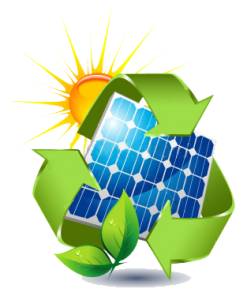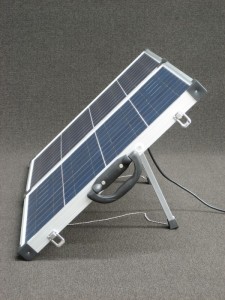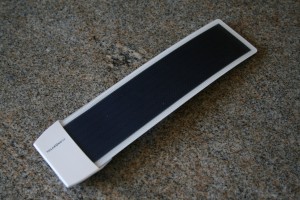There are several components that you need when setting up an RV solar panel system. These components include the solar panels, the charge controller, the storage battery and an inverter. When choosing the right type of panel, it is important to go for the right semiconductor that it is made up of. One of the most effective of these conductors would be crystalline panels since they generate a more efficient amount of power and are extremely durable.
Each solar panel can be linked or hooked together to generate the exact amount of power that is needed. The charge controller in the solar panel system monitors the amount of current the batteries are receiving and needs. This prevents batteries from getting damaged since the current is controlled. Provided it is exposed to proper sunlight, a single 12v solar panel can generate at least 19 to 21 volts. Deep cell batteries hold in the excess energy that was generated by the panels. These batteries are ideal since it allows the power to be discharged and recharged repeatedly without any hassles.
The bigger the power you need, the higher the number of batteries you would need. One amp hour of battery generates one amp of current for a single hour. If you want to calculate how much power is required to power up your vehicle, all you need to do is add the total current taken from your RV. Usually, there are appliances and devices in your vehicle like the light that would only require power from the storage battery since they run on DC power. However, most of the other devices will require an AC power. When this happens, then an inverter is needed to transpose the DC current into the more usable AC current.
There are generally two kinds of inverters, the True Sine Wave and the Modified Sine Wave. The latter is much more affordable and highly usable when generating electricity for basic devices. On the other hand, True Sine Waves are ideal when a more sensitive device is the one needing power; devices such as laptops, digital cameras etc. The prices for these inverters are based on their capability to supply power. When you link two solar panels together, it is possible to generate a higher amount of voltage and capacity. For instance, when you have two 12volts 5 amp panels stringed together, this tandem would generate about 24 volts and 5 amps. If you connect them parallel wise, then you can get about 10 amps and 12 volts. This is also applicable with batteries.
All the panels are then attached to the charge controller and these controllers will be linked to the batteries. In turn, the batteries are hooked to the inverter while the inverter is attached to direct the AC power to the RVOs electrical outlets. This is the whole setup for the RV solar panels. These panels are ideal if you like going on camping trips or just being on the road. The energy generated is sustainable, clean and very cost effective. Overall, it helps generate the power you need for all your devices.


